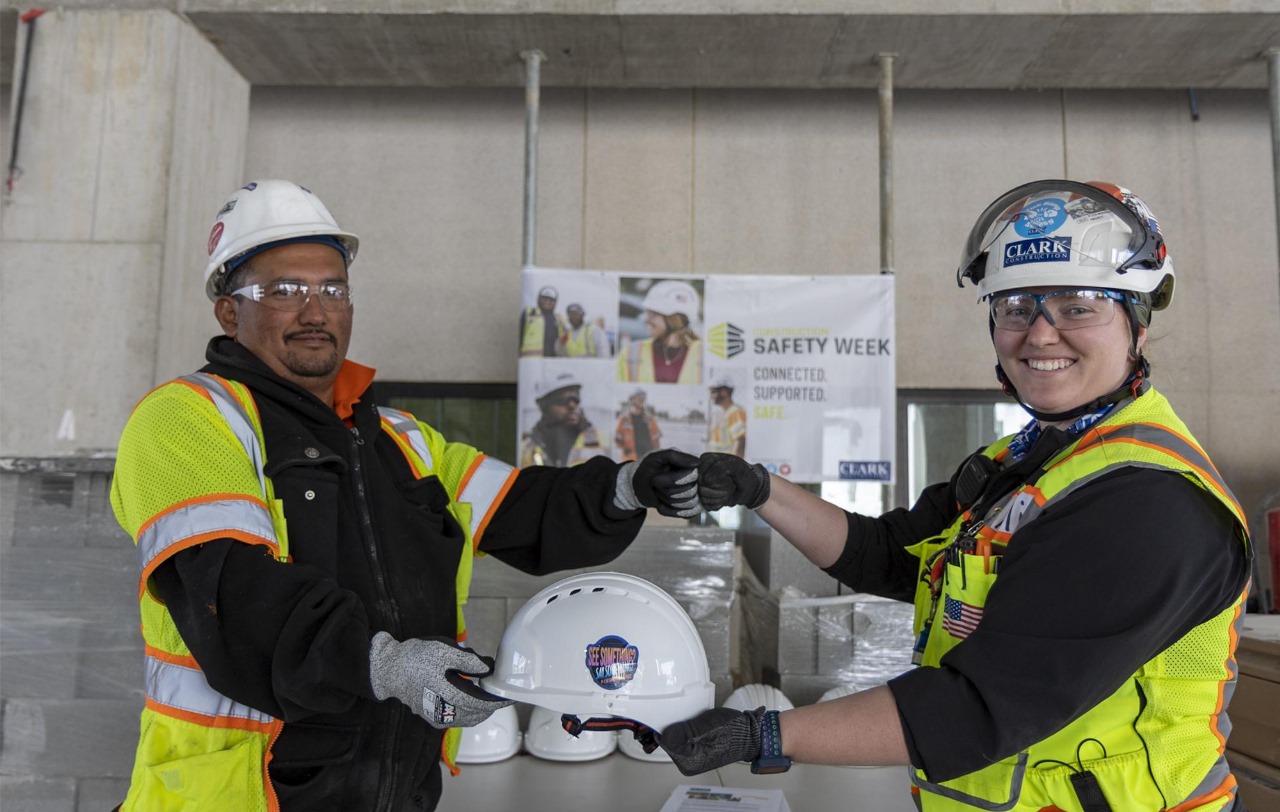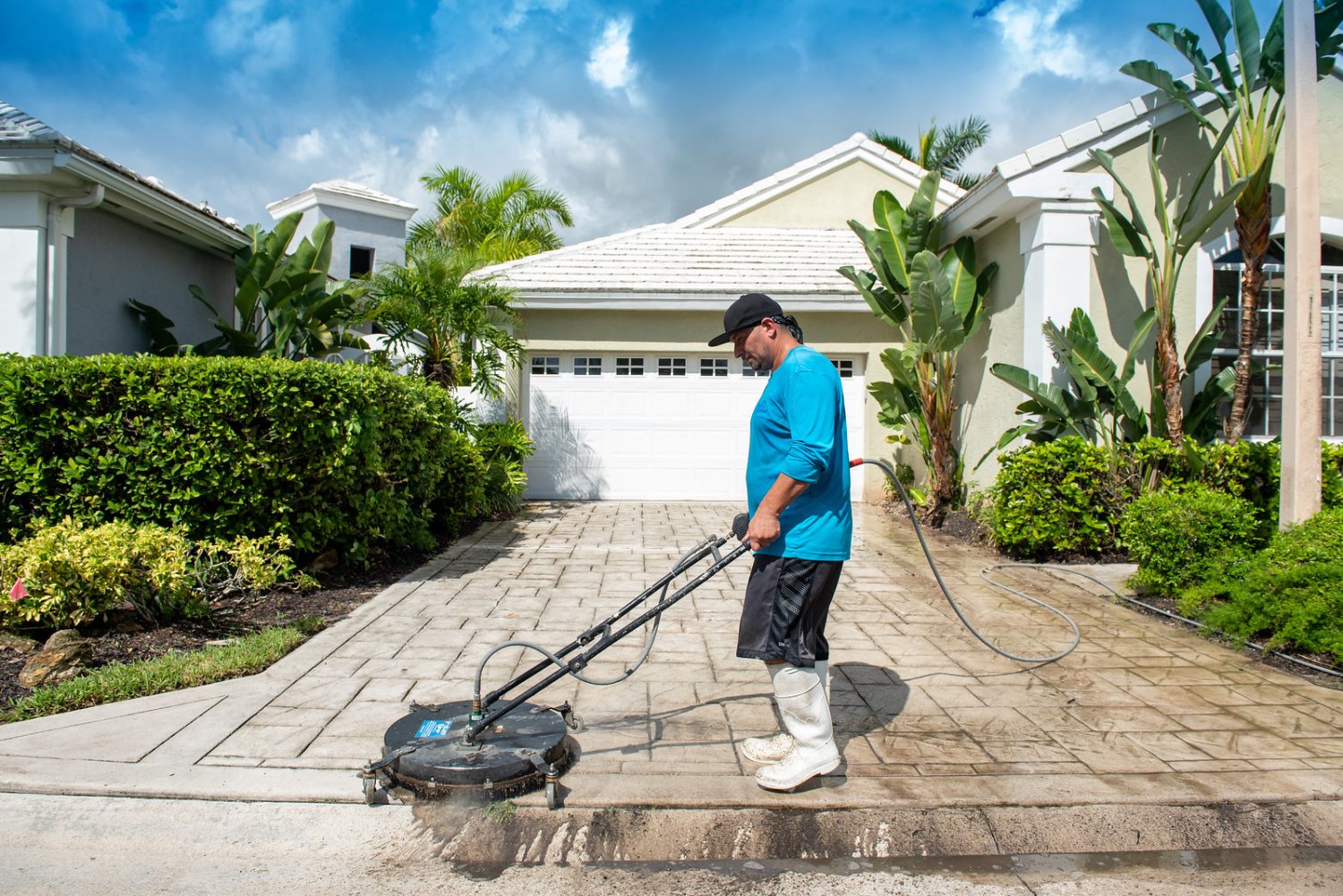Introduction
Vocational and trade education is on the rise, and for good reason. Trade schools on Oahu offer practical, career-focused programs that help students gain skills in high-demand fields—without spending years in a traditional college. Whether you’re interested in construction, plumbing, electrical work, or HVAC systems, trade schools oahu provide an affordable, efficient route to success. Here’s what you should know before enrolling in one of these fast-track programs.
Understanding Trade Schools on Oahu
What Is a Trade School?
Trade schools on Oahu specialize in skilled trades, offering programs that blend classroom instruction with hands-on training. These schools prepare students to enter the workforce quickly by focusing only on relevant, job-specific skills.
Vocational vs. Traditional Education
Unlike four-year colleges, trade schools on Oahu offer programs that last from a few months to two years. Students graduate with certifications, licenses, or diplomas that are often required for entry-level jobs in fields like construction, electrical technology, and HVAC repair.
What Programs Do Trade Schools on Oahu Offer?
Construction and Carpentry
Construction programs at trade schools on Oahu provide students with skills in framing, blueprint reading, and building safety. The island’s ongoing development ensures strong demand for trained construction workers.
Electrical Technology
Electricians are always in demand. Trade schools on Oahu teach electrical fundamentals, wiring, circuit diagnostics, and safety codes. Graduates are often prepared to pursue apprenticeships and eventual licensing.
HVAC and Refrigeration
With Hawaii’s warm climate, HVAC specialists are essential. Trade schools on Oahu train students in system installation, maintenance, and refrigeration repair—skills needed in homes, hotels, and commercial buildings.
Plumbing Systems
Plumbing programs cover water supply, drainage systems, fixtures, and code compliance. Trade schools on Oahu prepare plumbing students for real-world scenarios and potential apprenticeships.
Welding and Metalwork
For students who enjoy working with metal, welding programs teach techniques like MIG, TIG, and arc welding. Trade schools on Oahu often include fabrication and blueprint reading to round out the training.
Benefits of Attending Trade Schools on Oahu
Faster Career Entry
One of the biggest benefits of trade schools on Oahu is the speed at which students can complete their training and begin working. Most programs last 6–24 months, allowing for quicker entry into the job market.
Affordable Education
Compared to universities, trade schools on Oahu are more cost-effective. Students save on tuition while gaining access to high-paying jobs in growing industries.
Hands-On Learning
Trade schools on Oahu emphasize hands-on training, giving students the confidence and skills needed to succeed on the job from day one.
Industry Certifications
Many programs help students earn certifications that are required or preferred by employers. Trade schools on Oahu ensure graduates meet industry standards and are prepared for licensing exams.
What to Look for in a Trade School on Oahu
Accreditation and Reputation
Choose accredited trade schools on Oahu with a solid reputation for quality education and high job placement rates.
Career Support Services
Top trade schools on Oahu offer career counseling, resume assistance, and job placement services to help students transition into the workforce smoothly.
Flexible Scheduling
If you’re working or supporting a family, look for trade schools on Oahu that offer evening, weekend, or part-time classes.
Conclusion
Trade schools on Oahu offer a direct path to high-demand careers through fast, hands-on training in construction, electrical work, plumbing, HVAC, and more. With shorter programs, lower costs, and real job prospects, these schools are a smart alternative to traditional college. If you’re ready to start a new career or upgrade your skills, now is the time to explore trade schools on Oahu and see how they can help you reach your goals in 2025 and beyond.



